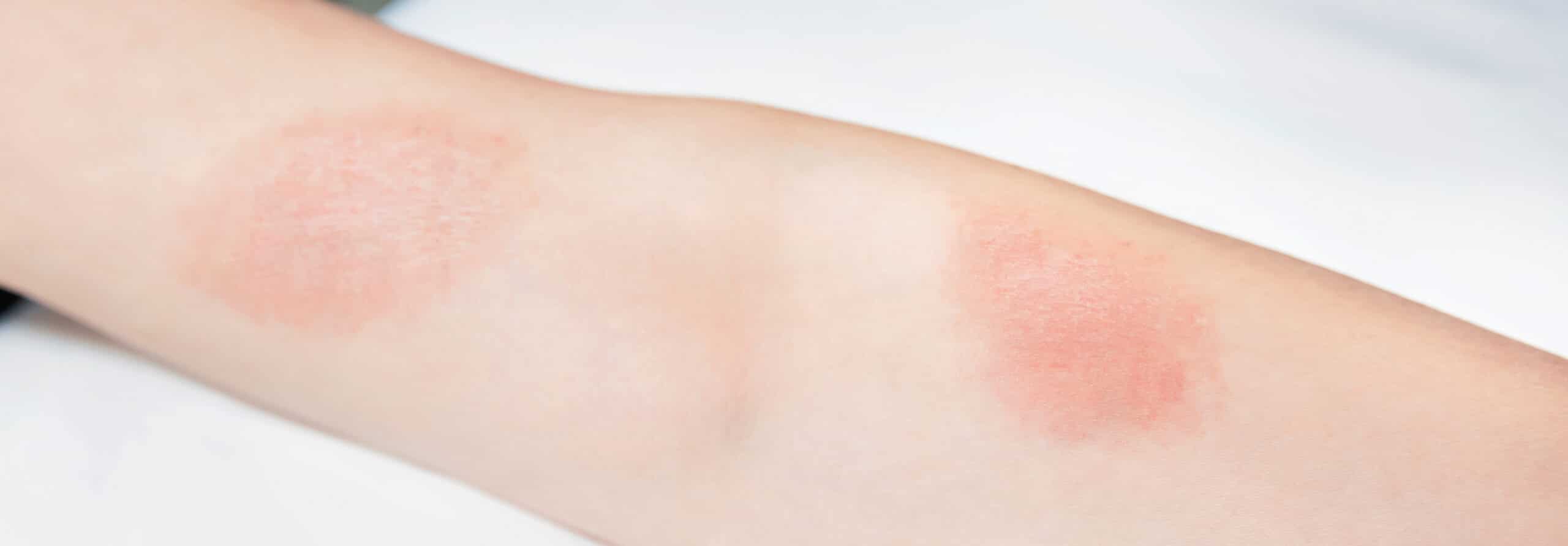Allergic Contact Dermatitis
MEDICAL DERMATOLOGY
What is Allergic Contact Dermatitis
Allergic contact dermatitis, sometimes referred to as just contact dermatitis, is a red, itchy rash on the skin. It can appear on any area of the skin that has been in contact with a trigger or allergen, but sometimes appears on various areas of the skin if an allergen has been ingested. Irritant contact dermatitis is a related condition that is triggered by irritants such as solvents, bleach or even shampoos.
Signs and Symptoms of Allergic Contact Dermatitis
Allergic contact dermatitis appears as a red and highly itchy area of skin. Sometimes the skin can become scaly or even develop blisters. The skin can also burn and feel swollen and very tender.
What Causes Allergic Contact Dermatitis
Allergic contact dermatitis is triggered by exposure to allergens. Common allergens that can cause this type of contact dermatitis include:
- Poison ivy
- Mango
- Nickel
- Medications, including topical antibiotic creams and oral antihistamines
- Balsam of Peru, a substance used in perfumes, cosmetics and mouthwashes
- Formaldehyde
- Personal hygiene products, such as deodorants, body washes or hair dyes
- Airborne substances, such as pollen or insecticides
- Photoallergic substances such as sunscreen
Individuals can be triggered by an allergen the first time they are exposed to it; in some scenarios, it takes continued exposure before an allergic reaction occurs.
How Allergic Contact Dermatitis is Treated
Treatment for this condition typically begins with some basic home remedies, including applying cool, wet compresses, soaking in a cool bath, and avoiding scratching or irritating the area. Patients should also try to avoid the allergen that triggered the reaction at all times. In some cases, patients may require doctor-prescribed remedies, including:
- Steroid creams or ointments: Topical creams or ointments that heal and soothe the contact dermatitis. A typical course of treatment will involve one or two applications a day for two to four weeks.
- Oral medications: In serious cases, patients may be prescribed oral corticosteroids to reduce inflammation, antihistamines or antibiotics if a bacterial infection is present.


